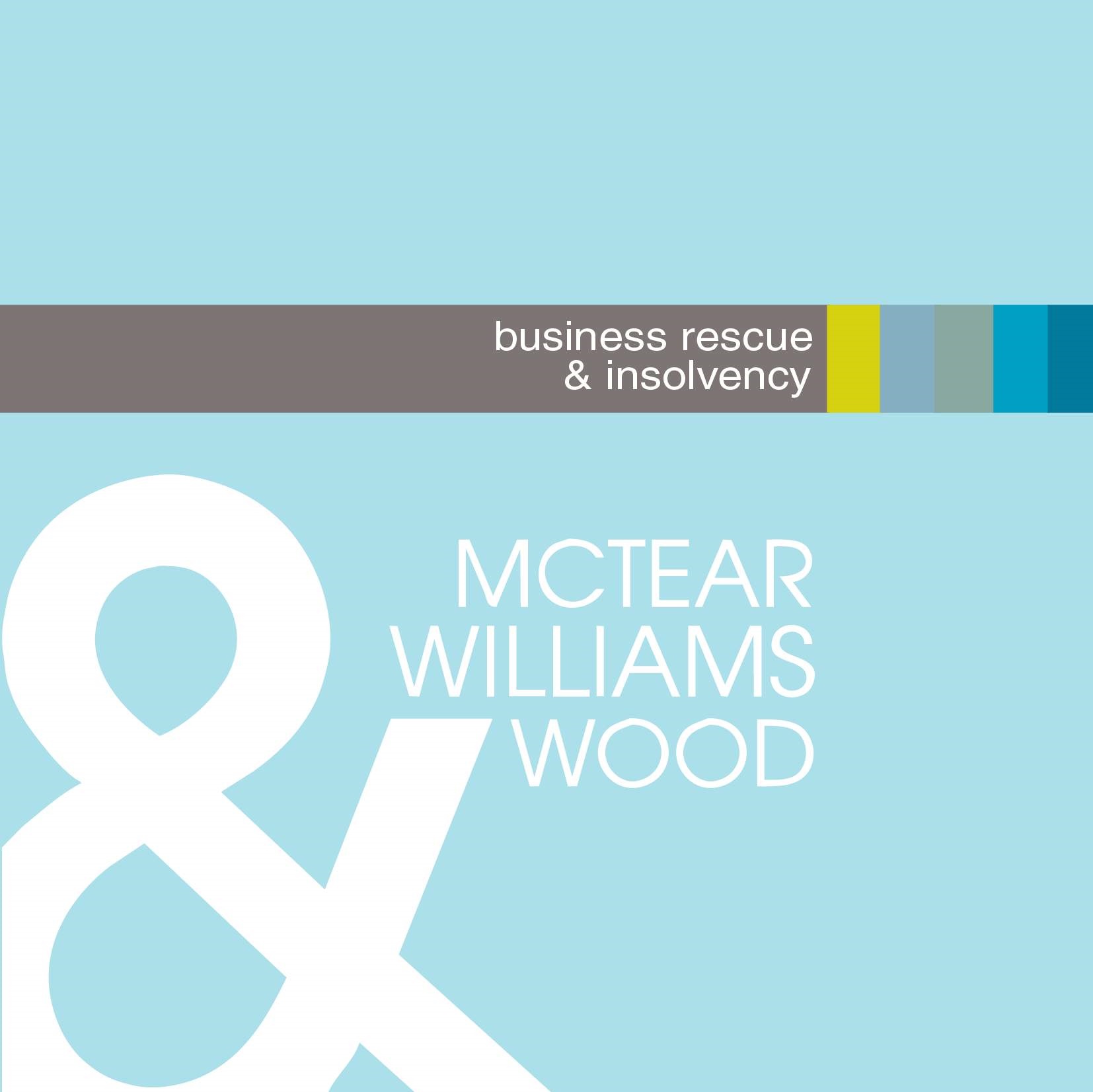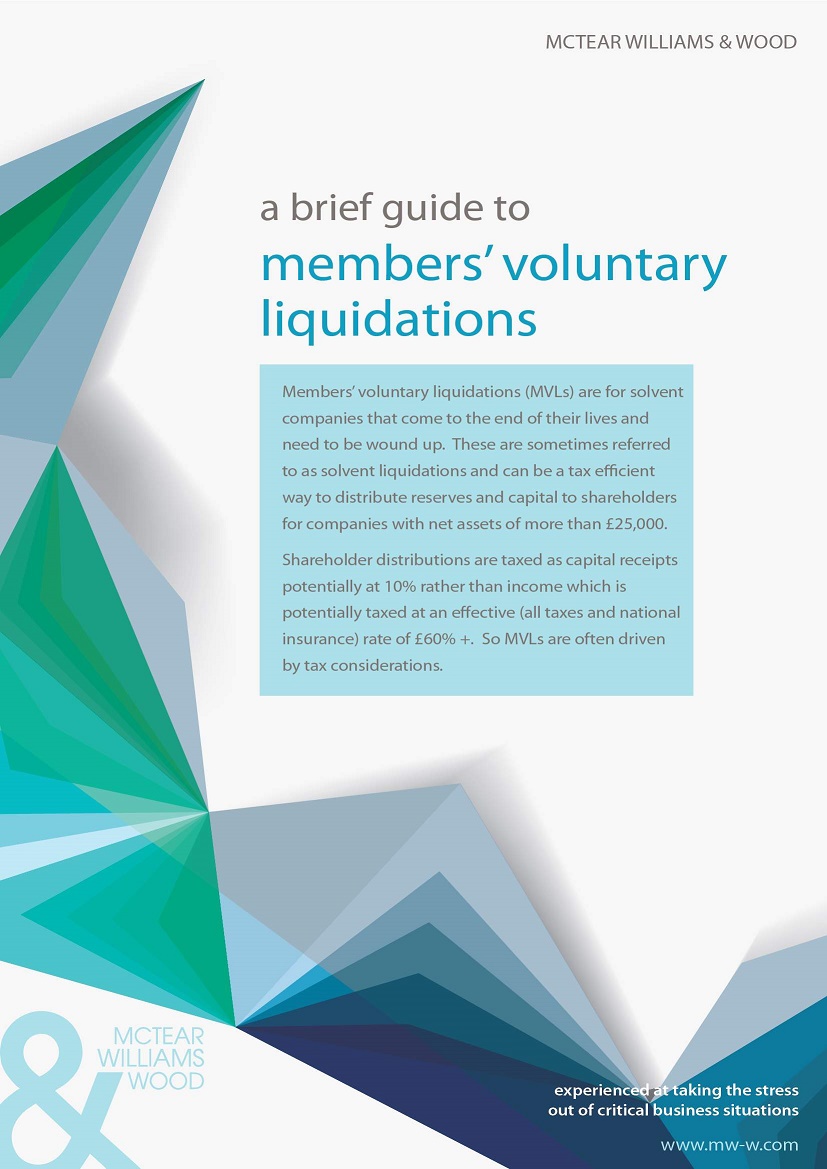FAQs for directors
Members' Voluntary Liquidations ("MVL")
- What is a members' voluntary liquidation?
It is an insolvency process for solvent companies to wind up their affairs and distribute funds tax efficiently to shareholders. Done properly it brings complete finality such that any unknown creditors that might try to claim late and cannot disturb any distributions already made to shareholders. The money paid out to shareholders counts as capital gains and not income which means the funds left in the company are taxed at a lower rate. Read more - When should I put my company into a members' voluntary liquidation?
When it is solvent and can pay all its creditors within 12 months. - Is an MVL suitable for all solvent companies?
No. If the distributable resources in the company are less than £25,000 under Extra-Statutory Concessions Order 2012 they can be distributed as capital without the use of an MVL and then and then struck off. However, all distributions above that will be taxed as income unless made through an MVL. The tax savings can be very significant and far outweigh the costs of an MVL. The £25,000 limit does not include the share capital itself. - What will an MVL cost?
A basic MVL can costs as little as £4,000. A company with substantial funds to be distributed and numerous creditor claims to be agreed and paid will cost substantially more. Most directors make sure that all assets are realised and all creditors are paid before the liquidation starts which reduces the cost and speeds up the whole process. - Do all assets have to realised and paid to shareholders in cash?
No. A liquidator can distribute assets, for example, properties or directors loan accounts in specie. - What is a Section 110?
This is a type of MVL where a solvent company can be reconstructed tax efficiently using S110 of the Insolvency Act 1986. New companies can be created, assets transferred to them and then the shares of the new companies distributed to shareholders. A S110 merger is generally led by solicitors and tax advisors and can get quite complicated. - What is a Declaration of Solvency?
This is a statutory document that a majority or all directors sign in front of a solicitor or commissioner of oaths recording their opinion that the company can settle all of its liabilities with statutory interest within 12 months. If a director makes the declaration without having reasonable grounds he/she can be liable to imprisonment or a fine or both. It is therefore important that a director considers the declaration carefully having made a full enquiry into the company's affairs having taken appropriate professional advice. - Why does a solvent liquidation have to be led by an insolvency practitioner?
Because statute says so. There can be insolvency concerns in the background and in consenting to act as liquidator an insolvency professional is agreeing that a solvent liquidation is appropriate. Also sometimes additional unexpected creditors make claims and if these cannot be paid the MVL will have to be converted into a CVL (creditors' voluntary liquidation). - What are the tax benefits of an MVL?
The main benefit is that distributions are taxed as capital receipts rather than income. Capital receipts can be taxed as low as 10% if shareholders are eligible for business Asset Disposal Relief (formerly known as Entrepreneur's Relief) whereas income can be taxed at an effective rate in excess of 60%. MVLs are often driven by tax considerations. - How quickly can shareholders get paid?
It usually takes about a month once creditors have been given 21 days' notice of a distribution. Final tax clearance can take months so usually some funds are held back and a final distribution is made just before the MVL is closed.
Get in touch with our expert team of business rescue specialists for more information on 0800 331 7417


